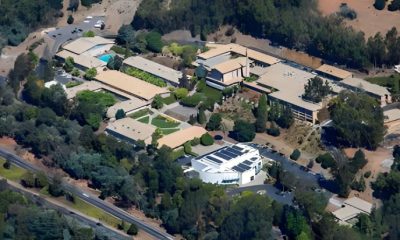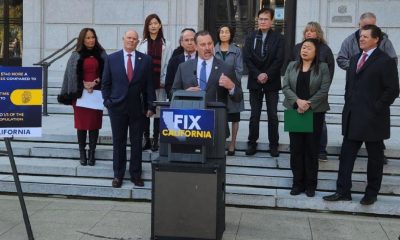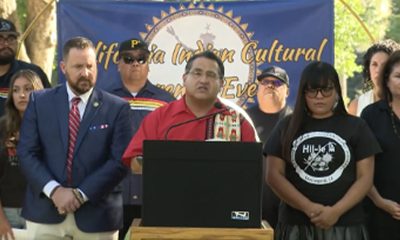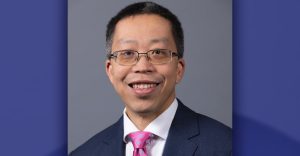Education
Drive to Cap State Charter School Growth Stalls

Earlier this year, it looked like California charter schools faced a mortal threat in the face of the first serious attempts in the state Legislature to put a cap on their growth.
But those efforts have fizzled, at least for this year.
Unhappiness with charter schools was an underlying theme in the two high-profile teacher strikes earlier this year in Los Angeles and Oakland.
As a result of the strike, the Los Angeles Unified school board passed a resolution calling on Sacramento to impose a temporary moratorium on expansion in the district. Oakland Unified issued a similar call, as did the nearby West Contra Costa Unified School District, which has also seen rapid growth in charter school enrollments in recent years.
In the wake of these calls, the state’s major teachers’ unions backed two bills in the Legislature that would have imposed a cap on charter expansion in the state.
In the Senate, SB 756, introduced by Sen. Maria Elena Durazo, D-Los Angeles, formerly a prominent labor leader in Los Angeles, would have imposed a five-year moratorium on any new charter schools. And in the Assembly, Assemblyman Kevin McCarty, D-Sacramento, introduced AB 1506 to place a cap on charter schools at the number in operation on Jan. 1, 2020.
His bill would have allowed for new charters in a district as long as they didn’t push the charter enrollment to over 10 percent of the district’s total student enrollment.
Durazo amended her bill to call for a two-year instead of a five-year moratorium, but that was not sufficient to move it along in the Senate.
Last week, both Durazo and McCarty, reading the political tea leaves, decided not to put their bills to a vote in their respective chambers, and turned their bills into two-year bills, which means they will be considered in the next legislative session.
That does not mean that charter schools have escaped possible further regulation. Two bills are still alive that could have a significant impact on charter expansion in the state.
AB 1505 would remove the power of the State Board of Education to approve charter applications after they have been denied by school districts and county offices of education, and also to take into account whether new charter schools would have “negative financial, academic, or facilities impact” on the schools in their authorizing districts.
Currently, school districts are barred from taking financial impact into account. Many charter school advocates think that giving districts the right to take financial impact into account would give districts the license to reject virtually any charter application.
Another bill, AB 1507, would prohibit charter schools from opening additional schools outside the district where they received their original charter.
Nonetheless, Myrna Castrejon, CEO of the California Charter Schools Association, hailed the stalling of the two bills that would have placed a cap or moratorium on charter expansion as a major victory. “The collective power of charter school leaders, teachers, families and students defeated this extreme legislation,” she said.
Another complicating factor is that Newsom called on State Superintendent of Public Instruction Tony Thurmond to establish a Charter Task Force to make recommendations on a range of charter school reforms. That panel is still meeting, and is due to issue its recommendations by the end of this month. There was significant disagreement in the Legislature over whether to proceed with reforms of California’s 27-year-old charter law, or whether to wait until the task force had an opportunity to issue its recommendations.
Eric Premack, executive director of the Charter Schools Development Center in Sacramento, which supports and lobbies for small charter schools, said the decisions to hold the bills indicate that “support for charter schools among more moderate legislators is a lot stronger than some had anticipated.”
At the same, he said “we will learn more when a bill with task force recommendations comes up.” For years, he said, “legislators have not had to think much about charter school policy; charter schools have been relying on Jerry Brown and billionaires to carry their water (and defeat or veto the bills). Now legislators are seeing a genuine grassroots base that they will not want to take lightly.”
Despite complaints from many charter advocates about obstacles they face in establishing schools, the charter sectors have enjoyed a relatively steady growth over the past quarter century, although the growth has slowed considerably over the past five years. With over 1,300 charter schools serving over 600,000 students, about one-sixth of the nation’s charter school student enrollments are enrolled in California charter schools.
California Black Media
State Ed Chief Tony Thurmond Pushes Bill to Train Educators
State Superintendent of Public Instruction (SSPI) Tony Thurmond is advocating for comprehensive training for teachers in reading and math, emphasizing the urgent need to improve student academic outcomes across California. On April 24, during testimony in the Senate Education Committee, Thurmond backed Senate Bill (SB)1115, which aims to provide evidence-backed educator training. The committee passed the bill with a 7-0 vote.
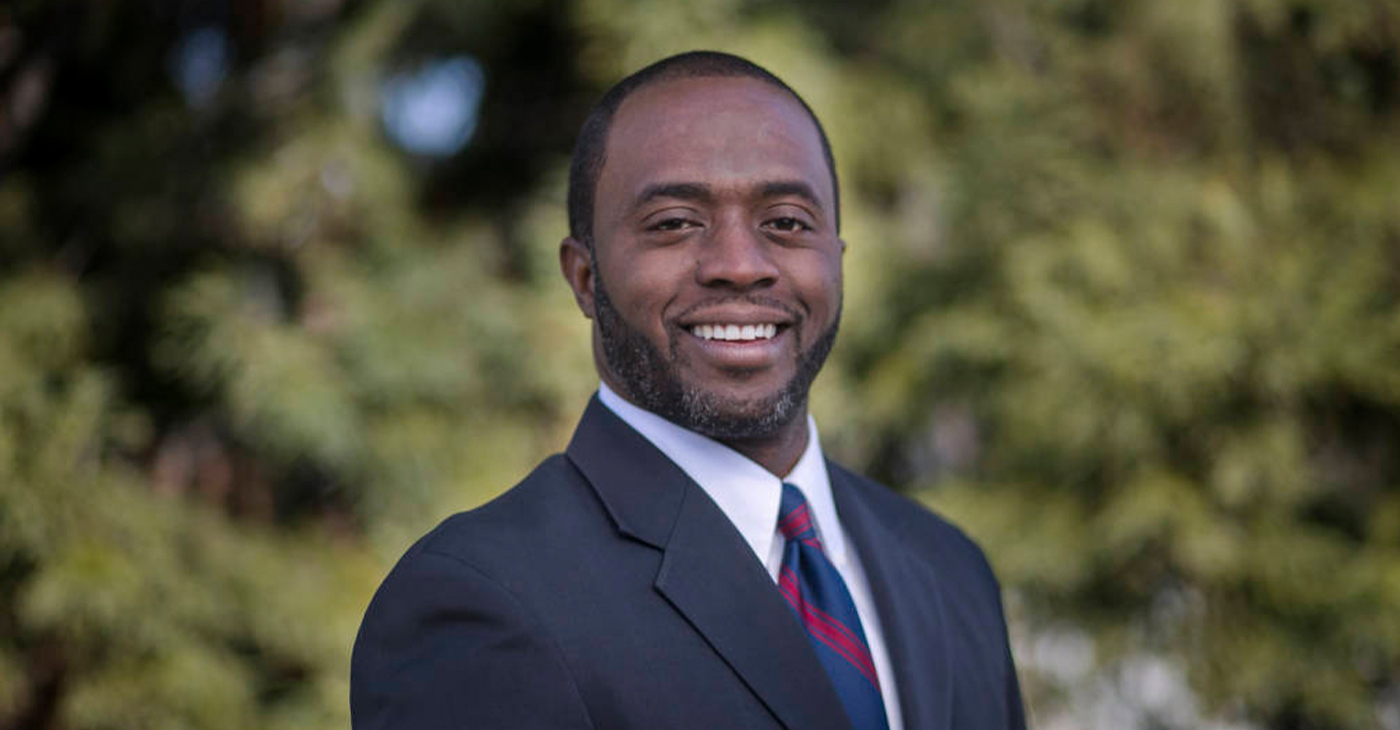
By California Black Media
State Superintendent of Public Instruction (SSPI) Tony Thurmond is advocating for comprehensive training for teachers in reading and math, emphasizing the urgent need to improve student academic outcomes across California.
On April 24, during testimony in the Senate Education Committee, Thurmond backed Senate Bill (SB)1115, which aims to provide evidence-backed educator training. The committee passed the bill with a 7-0 vote.
Thurmond pointed out to the committee that existing funding for educator training in literacy and math only covers about one-third of California’s educator workforce. SB 1115, Thurmond said, would fund the remaining two-thirds.
“This is an issue of moral clarity,” according to Thurmond. “In the fifth-largest economy in the world, and in an age when we have access to substantial brain science about how students learn, it should be unacceptable to train only some educators in the best strategies to teach essential skills.”
SB 1115 incorporates multiple research-backed methods, including phonics, and it aligns with the California ELA/ELD Framework, which encourages biliteracy and multilingualism.
Thurmond emphasized the moral imperative behind the push for enhanced training by noting that 70% of incarcerated adults struggle with reading or are illiterate.
“Every child should feel supported as they learn to read and every teacher should feel confident in their ability to support students’ foundational literacy,” Thurmond said. “SB 1115 is about ensuring that all children have the opportunity to read by third grade, and that all children have a shot at the life-changing outcomes that come from early literacy.”
The next step for SB 1115 is a hearing in the Senate Appropriations Committee on May 6.
Commentary
Opinion: Lessons for Current Student Protesters From a San Francisco State Strike Veteran
How the nation’s first College of Ethnic studies came about, bringing together Latino, African American and Asian American disciplines may offer some clues as to how to ease the current turmoil on American college campuses over the Israel-Hamas war. After the deadline passed to end the Columbia University encampment by 2 p.m. Monday, student protesters blockaded and occupied Hamilton Hall in a symbolic move early Tuesday morning. Protesters did the same in 1968.

By Emil Guillermo
How the nation’s first College of Ethnic studies came about, bringing together Latino, African American and Asian American disciplines may offer some clues as to how to ease the current turmoil on American college campuses over the Israel-Hamas war.
After the deadline passed to end the Columbia University encampment by 2 p.m. Monday, student protesters blockaded and occupied Hamilton Hall in a symbolic move early Tuesday morning.
Protesters did the same in 1968.
That made me think of San Francisco State University, 1968.
The news was filled with call backs to practically every student protest in the past six decades as arrests mounted into hundreds on nearly two dozen campuses around the country.
In 1970, the protests at Kent State were over the Vietnam War. Ohio National Guardsmen came in, opened fire, and killed four students.
Less than two weeks later that year, civil rights activists outside a dormitory at Jackson State were confronted by armed police. Two African American students were killed, twelve injured.
But again, I didn’t hear anyone mention San Francisco State University, 1968.
That protest addressed all the issues of the day and more. The student strike at SFSU was against the Vietnam war.
That final goal was eventually achieved, but there was violence, sparked mostly by “outside agitators,” who were confronted by police.
“People used the term ‘off the pigs’ but it was more rally rhetoric than a call to action (to actually kill police),” said Daniel Phil Gonzales, who was one of the strikers in 1968.
Gonzales, known as the go-to resource among Filipino American scholars for decades, went on to teach at what was the positive outcome of the strike, San Francisco State University’s College of Ethnic Studies. It’s believed to be the first of its kind in the nation. Gonzales recently retired after more than 50 years as professor.
As for today’s protests, Gonzales is dismayed that the students have constantly dealt with charges of antisemitism.
“It stymies conversation and encourages further polarization and the possibility of violent confrontation,” he said. “You’re going to be labeled pro-Hamas or pro-terrorist.”
That’s happening now. But we forget we are dealing not with Hamas proxies. We are dealing with students.
Gonzales said that was a key lesson at SF State’s strike. The main coalition driving the strike was aided by self-policing from inside of the movement. “That’s very difficult to maintain. Once you start this kind of activity, you don’t know who’s going to join,” he said.
Gonzales believes that in the current situation, there is a patch of humanity, common ground, where one can be both pro-Palestine and pro-Israel. He said it’s made difficult if you stand against the belligerent policies of Benjamin Netanyahu. In that case, you’re likely to be labeled antisemitic.
Despite that, Gonzales is in solidarity with the protesters and the people of Gaza, generally. Not Hamas. And he sees how most of the young people protesting are in shock at what he called the “duration of the absolute inhumane kind of persecution and prosecution of the Palestinians carried out by the Israeli government.”
As a survivor of campus protest decades ago, Gonzales offered some advice to the student protesters of 2024.
“You have to have a definable goal, but right now the path to that goal is unclear,” he said.
About the Author
Emil Guillermo is a journalist and commentator. A veteran newsman in TV and print, he is a former host of NPR’s “All Things Considered.”
Bay Area
Obituary: Former California Education Superintendent Delaine Eastin Passes at 76
Delaine Eastin, who served as a former state Assemblymember representing parts of Santa Clara and Alameda County — and the first woman elected as State Superintendent of Public Instruction — died at age 76 on April 23. Eastin passed away from complications caused by a stroke.
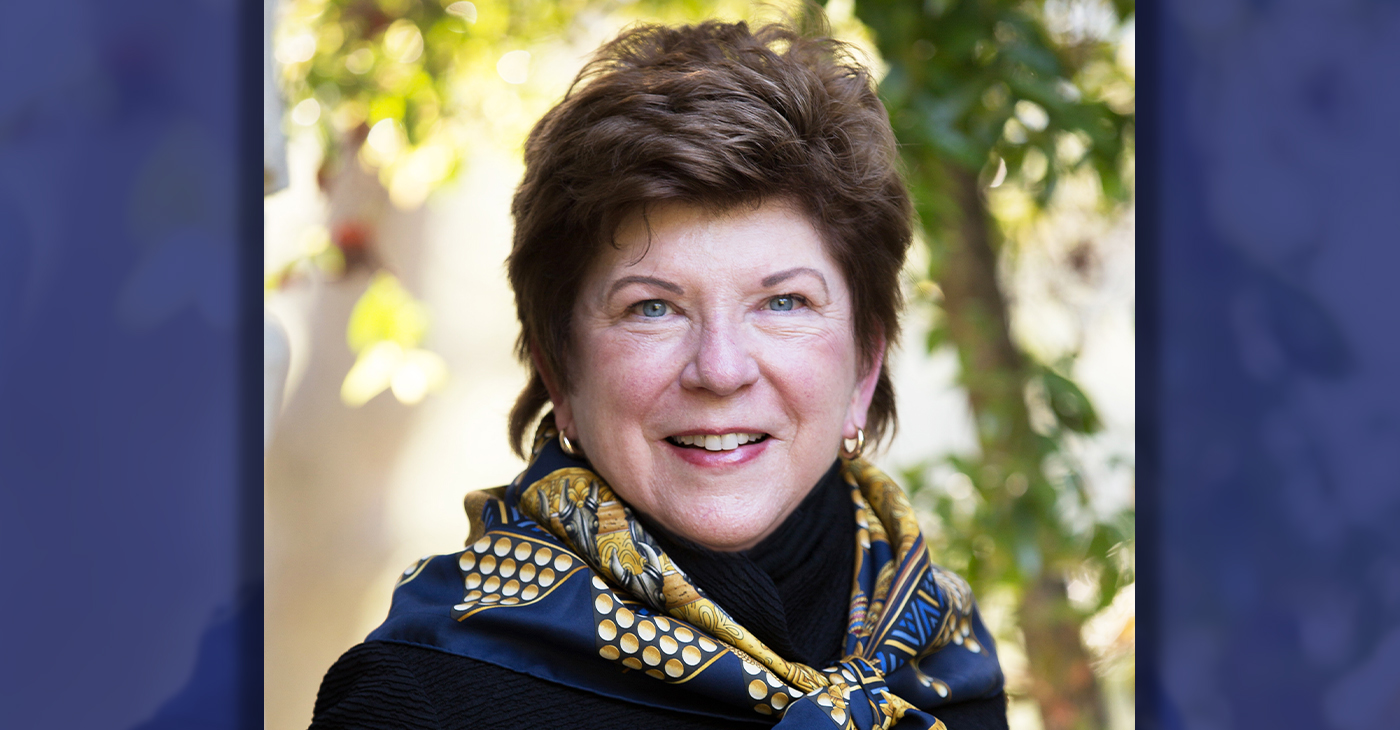
By California Black Media
Delaine Eastin, who served as a former state Assemblymember representing parts of Santa Clara and Alameda County — and the first woman elected as State Superintendent of Public Instruction — died at age 76 on April 23.
Eastin passed away from complications caused by a stroke.
Known for her power of persuasion, Eastin used her influence to be a champion for bipartisan issues that helped raise academic standards, lower class sizes, and emphasize the importance of conserving nature and the environment in schools.
Former Assembly Speaker Willie Brown and fellow legislative colleagues said that Eastin was in demand on the speech circuit while serving as a legislator.
“Few could engender the kind of emotion and passion she delivered in every speech,” Brown said.
State superintendent Tony Thurmond called Eastin a trailblazer who inspired fellow public servants.
“California lost an icon in our school system today. Delaine Eastin’s legacy as a trailblazer in public education will forever inspire us. Her unwavering dedication to California students — from championing Universal Preschool and the “A Garden in Every School” program to honoring our educators by establishing the California Teachers of the Year Awards — has left an indelible mark on our state’s educational landscape,” said Thurmond.
Thurmond honored Eastin’s legacy at the California Teacher of the Year Program, an honor that she established during her time as superintendent.
-

 Community2 weeks ago
Community2 weeks agoFinancial Assistance Bill for Descendants of Enslaved Persons to Help Them Purchase, Own, or Maintain a Home
-

 Activism4 weeks ago
Activism4 weeks agoOakland Post: Week of April 3 – 6, 2024
-

 Business3 weeks ago
Business3 weeks agoV.P. Kamala Harris: Americans With Criminal Records Will Soon Be Eligible for SBA Loans
-

 Activism3 weeks ago
Activism3 weeks agoOakland Post: Week of April 10 – 16, 2024
-

 Community3 weeks ago
Community3 weeks agoAG Bonta Says Oakland School Leaders Should Comply with State Laws to Avoid ‘Disparate Harm’ When Closing or Merging Schools
-

 Community2 weeks ago
Community2 weeks agoOakland WNBA Player to be Inducted Into Hall of Fame
-

 Community2 weeks ago
Community2 weeks agoRichmond Nonprofit Helps Ex-Felons Get Back on Their Feet
-

 Community2 weeks ago
Community2 weeks agoRPAL to Rename Technology Center for Retired Police Captain Arthur Lee Johnson





